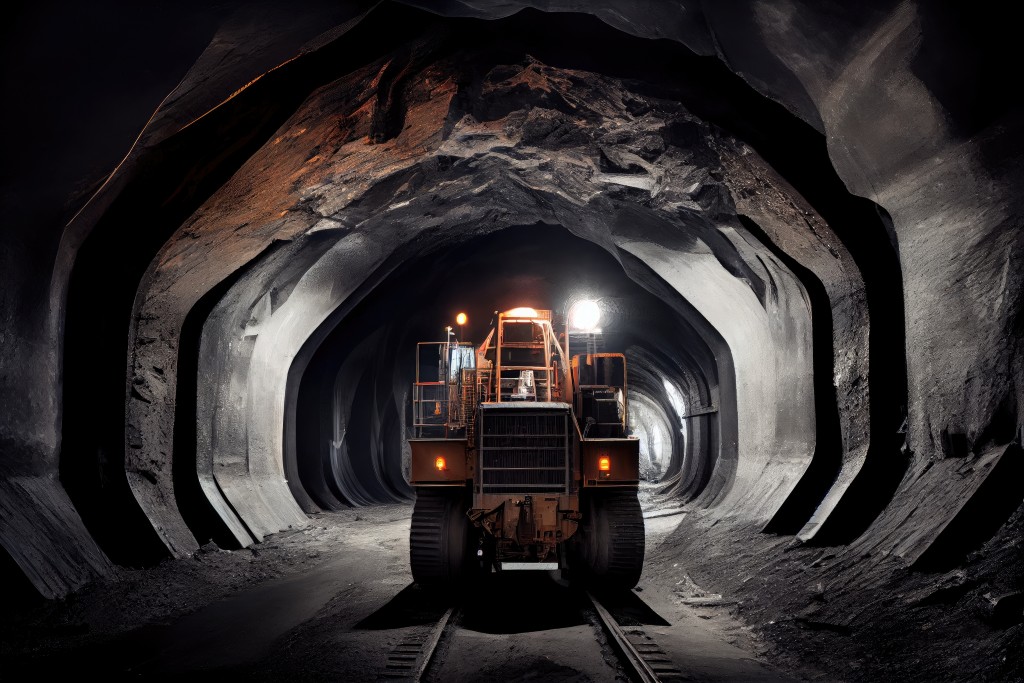BY PRIYA MENON

The Shah Alam Stadium in Section 13 is one of the largest stadiums in South- East Asia with a capacity of 80,000 people.
TRANQUIL, lush and green Shah Alam has been quietly capturing the hearts of many people looking for a new home in the Klang Valley.
The state capital of Selangor has been growing from strength to strength to cater to its growing population.
The once factory-dominated city is now a comprehensive enclave with residential, commercial and social developments in its 56 sections.
The Shah Alam City Council (MBSA) with mayor Datuk Ahmad Zaharin Mohd Saad at its helm oversees the needs of city denizens.
According to a survey by the Statistics Department in 2010, there are 541,306 people in Shah Alam and the number is expected to reach 700,000 by the year 2020.
“The numbers are bound to increase as Shah Alam is an industrial and commercial hub that provides job opportunities for people from all over the country,” said Ahmad Zaharin.
His sentiments were echoed by several developers at a special roundtable discussion held at Menara Star recently to discuss the future of this vibrant city.
The panellists were Selangor State Development Corporation (PKNS) general manager Azlan Md Alifiah, Sime Darby Property senior vice-president Mohd Salem Kailany, I-Berhad deputy chairman Datuk Eu Hong Chew and Rehda youth chairman Sam Tan, who is also managing director of Ken Holdings Bhd.

The beautiful Sultan Salahuddin Abdul Aziz Mosque is one of the most recognisable structures in the state capital.
Azlan for instance admitted that in the very early days, it was more like an industrial area, then as Shah Alam started to develop, especially with the advent of Bukit Jelutong and i-City, there was a change in the makeup of the state capital.
“Things are changing in Shah Alam but I would say the core of Shah Alam will still be the administrative centre but there will be more of a mixed population,” he added.
The reason behind the mixed population is of course the development that has taken over the city.
For Ahmad Zaharin, his vision for the development of Shah Alam encompasses the city’s design at eight of its core developments – the city centre in Section 14, i-City in Section 7, Bukit Jelutong in Section U8, Setia Alam in Section U13, Elmina in Section U16, Sungai Buloh in Section U4 (which includes a small part of Damansara), Kota Kemuning in Section 31 and Alam Impian in Section 35.
“The current development in Shah Alam is skewed towards business, service and housing and townships such as Setia Alam, Elmina and Damansara are the main contributors of business and residential growth,” said the mayor.
At present there are some 170,250 units of residential property in Shah Alam, 24,777 units of commercial holdings and 8,040 industrial holdings.
Transportation plays a major role in the development of a city and developers are well aware of this necessity, prompting transit-orientated developments along highways and rail routes.
Among them are Shah Alam-Damansara Elevated Highway (DASH), West Coast Expressway, the LRT3 line that is slated to pass through Glenmarie to i-City, the KTMB line extension from the Subang Jaya KTM station to the Subang Skypark Terminal, and the Bus Rapid Transit (BRT).
Eu said the LRT was definitely beneficial and it could further enhance i-City.

The long-awaited Hospital Shah Alam is just one of the amenities that will ensure the city becomes a highly sought after residential, commercial and business enclave.
“We are beside the Federal Highway, so the benefit is not just from the LRT but also the BRT.
“With the LRT to the north and BRT to the south, we are optimistic that the transit traffic will go through i-City,” he added.
Although the pace of growth may be a welcome change in Shah Alam and there are undeniable perks associated, it comes with its fair share of problems at the same time.
Ahmad Zaharin, however, is not intimidated by the challenges, declaring that he and his team were committed to giving the best for Shah Alam.
He said the city council would ensure that it continued to assist in future developments while still upholding the Local Draft Plan for the benefit of all.
MBSA’s policy, he added, was very clear especially for the basic necessities for residents including 10% of green space, buffer zones, OKU facilities as well as barrier-free facilities and walkways.
For the lower and middle-income families, MBSA practises the Selangor government’s housing policy by ensuring developers incorporate the Rumah SelangorKu housing scheme in all new developments.
“This gives an opportunity for lower-income families to live in Shah Alam, own their homes and enjoy the facilities we have here,” said the mayor.
Facilities are anything but inadequate in Shah Alam with over 578 playgrounds, four stadiums, 56 halls, seven markets, 1,298 council-owned stalls and two KTM stations.
Ahmad Zaharin said that apart from facilities, he believed it was vital to create a holistic and a liveable city and had embarked on several key points since he became mayor earlier this year.
His main focus areas are cleanliness, dengue eradication and public transportation with the aim to ensure Shah Alam becomes a low-carbon city by 2030.
Bicycle tracks, sporting events for both adults and children, green initiatives, community gardens and community awareness programmes are just some of the activities the council has embarked on towards this purpose.
The task, he acknowledged, would not be easy without the cooperation of key people including developers that had helped bring a change in Shah Alam.
“It is my target to make MBSA the best local council in Selangor and Malaysia. I am lucky to have a team of like-minded councillors who work hard to help me realise this,” said Ahmad Zaharin.













































